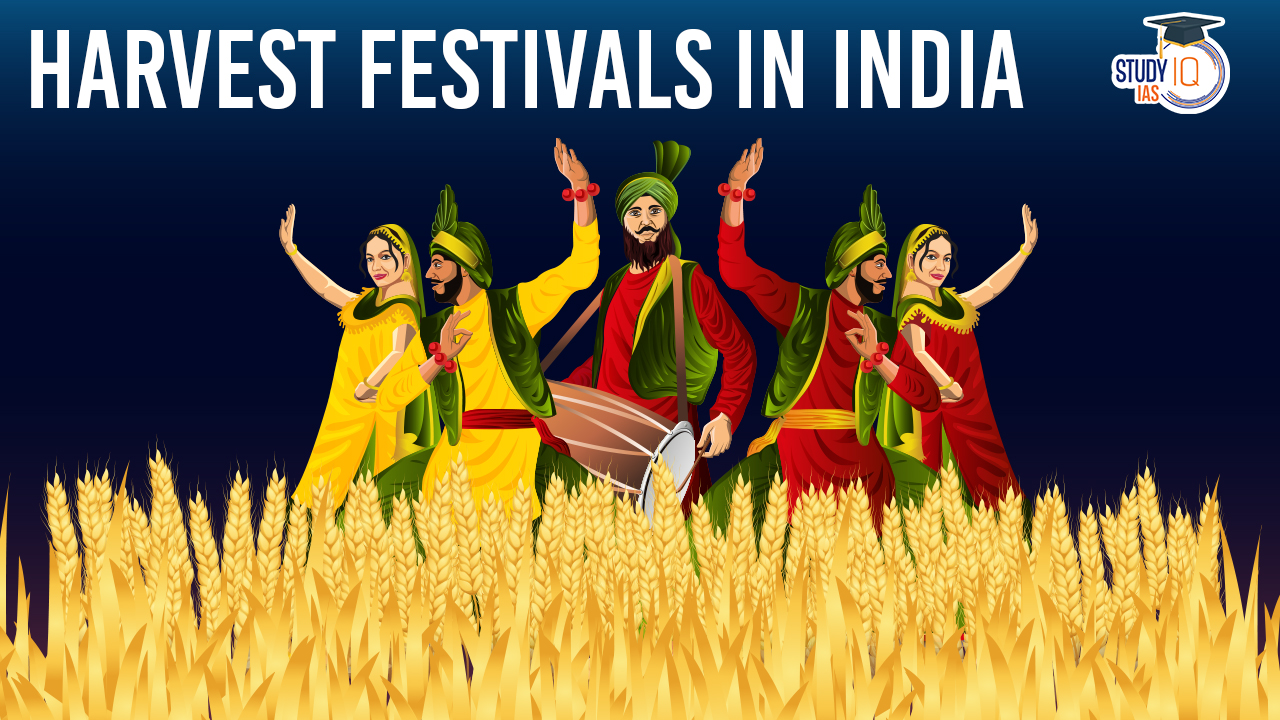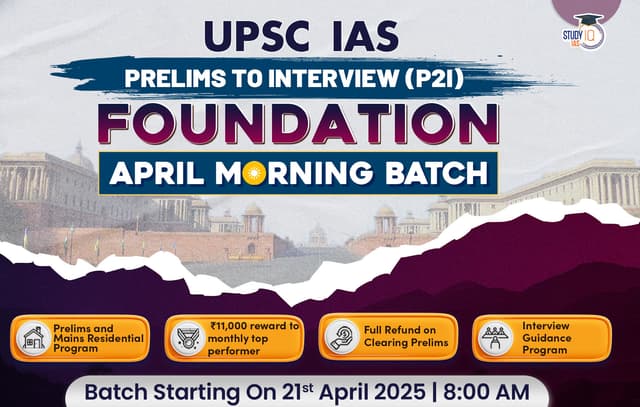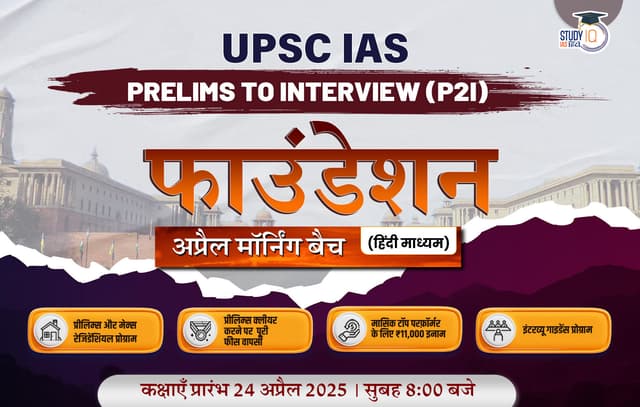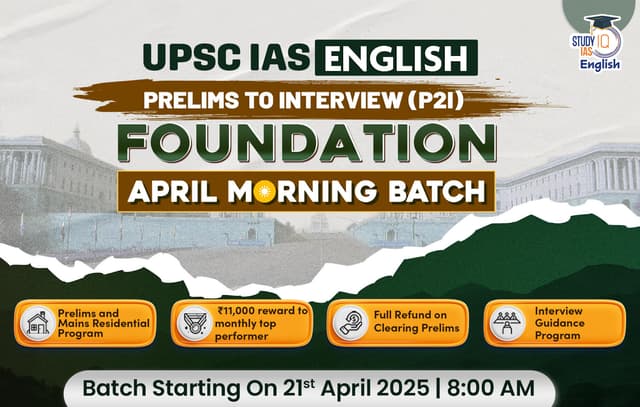Table of Contents
India, known for its diverse cultural heritage, celebrates numerous harvest festivals that reflect the country’s agricultural practices and regional traditions. These festivals mark the harvesting season, expressing gratitude towards nature and the hard work of farmers. Below is a comprehensive list of harvest festivals in India along with the states where they are celebrated and their significance.
What is Harvest Festival?
A harvest festival is a cultural celebration that marks the culmination of the agricultural season and the gathering of crops. It typically involves rituals, ceremonies, and festivities expressing gratitude to nature, deities, or spirits for a successful harvest. These festivals often include traditional practices, feasts, dances, and community gatherings.
Harvest festivals are observed worldwide and vary in customs and significance across different cultures, symbolizing the importance of agriculture and the sustenance it provides to communities.
Harvest Festivals in India Overview
| Festival | State/Celebration Area | Month | Main Activities and Traditions |
| Pongal | Tamil Nadu, Andhra Pradesh, Karnataka | January | Offering Pongal dish to gods, bonfires, Rangolis, worship of cows |
| Makar Sankranti | Andhra Pradesh, Telangana, many states | January | Holy dips, prayers to Sun God, offering food, kite flying |
| Lohri | Punjab, Haryana, Himachal Pradesh | January | Bonfire, traditional dance (Bhangra), feasting, giving money |
| Bhogali Bihu | Assam | January | Building huts, prayers, traditional dances, Feast of Fire |
| Poush Parbon | West Bengal | December/January | Preparing traditional Bengali dishes, decorating homes, cultural activities |
| Onam | Kerala | August/September | Onam Sadya, boat races, flower arrangements, dances |
| Gudi Padwa | Maharashtra | March/April | Hoisting Gudi, cleaning, traditional foods, family gatherings |
| Ugadi/Yugadi | Andhra Pradesh, Telangana, Karnataka | March/April | Cleaning, Ugadi Pachadi, new clothes, temple visits |
| Sankranti | Andhra Pradesh, Telangana | January | Holy dips, Sun God prayers, sweets exchange, kite flying |
| Maghi | Punjab, Haryana, Himachal Pradesh | January/February | Traditional Punjabi dishes, singing, dancing |
| Laxmi Puja | West Bengal | October/November | Cleaning, decorating, worship of Laxmi, traditional dishes |
| Vaisakhi/Baisakhi | Punjab, Haryana, Himachal Pradesh | April | Traditional Punjabi dishes, cultural activities, celebrations |
| Rongali Bihu | Assam | April | Traditional Assamese dishes, singing, dancing |
| Naba Barsho/Pohela Boishakh | West Bengal, Bangladesh | April | Dressing in traditional attire, special dishes, visiting friends and family |
| Bisu parba | Karnataka | April | Harvest season celebration, traditional dishes, prayers |
| Nuakhai | Odisha | September | Giving thanks for harvest, preparations for the new agricultural year |
Makar Sankranti Festival
Description: Makar Sankranti, also known as Maghi or Uttarayan, marks the transition of the sun into the zodiac sign of Capricorn. Celebrated in various parts of India, it signifies the end of winter and the beginning of longer days.
Traditions: People take ritualistic dips in holy rivers, fly kites, and exchange traditional sweets made of sesame and jaggery.
Baisakhi/ Vaisakhi Festival
Description: Baisakhi, also known as Vaisakhi, holds cultural and religious significance for Sikhs and marks the foundation day of the Khalsa Panth by Guru Gobind Singh. It is celebrated in April and marks the harvest season in Punjab.
Traditions: Sikhs participate in Nagar Kirtan processions, visit gurdwaras, and engage in traditional folk dances.
Ladakh Harvest Festival
Description: The Ladakh Harvest Festival celebrates the culmination of the agricultural season in the high-altitude region of Ladakh. It reflects the vibrant culture and agricultural practices of the local communities.
Traditions: Festivities include traditional dances, music, and the display of local arts and crafts.
Lohri Festival
Description: Lohri, predominantly celebrated in North India, marks the winter solstice and the harvest of winter crops. Bonfires are lit, and people gather to sing and dance around them.
Traditions: Offering of peanuts, sesame seeds, and jaggery into the fire symbolizes gratitude for the harvest.
Bohag Bihu Festival
Description: Bohag Bihu, also known as Rongali Bihu, is the Assamese New Year celebrated in April. It marks the beginning of the agricultural season and is characterized by vibrant cultural events and feasts.
Traditions: Traditional Bihu dance, feasting on special delicacies, and seeking blessings from elders are integral parts of the celebration.
Wangala Festival
Description: Wangala is the harvest festival of the Garo tribe in Meghalaya, India. It celebrates the completion of the agricultural cycle with vibrant dance, music, and traditional rituals.
Traditions: The highlight is the Wangala dance, performed by men and women, accompanied by rhythmic beats of drums and gongs.
Ka Pomblang Nongkrem Festival
Description: Ka Pomblang Nongkrem is the harvest festival of the Khasi tribe in Meghalaya. It is marked by traditional dances and rituals performed to thank the deities for a bountiful harvest.
Traditions: The festival involves the “Pomblang” dance performed by young Khasi men and the offering of sacrifices.
Nuakhai Festival
Description: Nuakhai is an agricultural festival celebrated primarily in Odisha to welcome the new rice harvest. Families come together to offer the first grain of the harvest to their deities.
Traditions: The festival includes rituals, feasting, and the Nuakhai Juhar, where people seek forgiveness and exchange greetings.
Nabanna Festival
Description: Nabanna is a Bengali harvest festival celebrated to express gratitude for the new rice harvest. It is marked by cultural programs, traditional dances, and feasting.
Traditions: Farmers offer the first sheaf of newly harvested paddy to the deities before consuming the new rice.
Onam Festival
Description: Onam is a significant harvest festival celebrated in Kerala, South India. It commemorates the return of the mythical King Mahabali and is marked by colorful festivities and traditional rituals.
Traditions: The ten-day celebration includes the grand Onam Sadya (feast), traditional dances like Kathakali, and the famous boat race, Vallam Kali.
Pongal Festival
Description: Pongal is a Tamil harvest festival dedicated to the Sun God. Celebrated over four days, it involves cooking a special dish called Pongal and offering it to the deities.
Traditions: Decorative kolams, traditional music, and cultural events are integral to the celebration.
Vishu Festival
Description: Vishu is the Malayalam New Year celebrated in Kerala. It marks the first day of the Malayalam calendar and is observed with traditional rituals and cultural events.
Traditions: The Vishukani, an arrangement of auspicious items, is viewed as the first sight on the morning of Vishu.
Gudi Padwa Festival
Description: Gudi Padwa is the Marathi New Year celebrated in Maharashtra. It signifies the beginning of the new lunar year and is observed with traditional rituals and festive activities.
Traditions: The day begins by hoisting the Gudi, a colorful flag, and involves cultural programs, feasting, and family gatherings.
Significance of Harvest Festivals
- Gratitude: Harvest festivals symbolize gratitude for a bountiful harvest, acknowledging the abundance provided by nature.
- Unity: These celebrations bring communities together, fostering unity and strengthening social bonds.
- Cultural Heritage: Harvest festivals preserve and showcase diverse cultural traditions, passed down through generations.
- Agricultural Cycle: Signifying the end of one agricultural cycle and the beginning of another, these festivals align with the rhythm of nature.
- Spiritual Connection: Many festivals involve rituals and prayers, establishing a spiritual connection with deities and expressing thanks.
- Renewal: Harvest festivals mark a time of renewal, with people discarding the old and embracing new beginnings.
- Joy and Festivity: The festivities, feasts, and cultural activities bring joy, enhancing the overall well-being of communities.
Harvest Festivals in India UPSC
Harvest festivals in India, celebrated across diverse states, express gratitude for abundant harvests. Each state’s unique celebration involves rituals, cultural events, and traditional practices. Pongal, Makar Sankranti, and Lohri mark the winter harvest, while festivals like Baisakhi and Bohag Bihu signify spring harvests. These celebrations play a vital role in preserving cultural heritage, fostering community unity, and acknowledging the cyclical nature of agriculture. They create a sense of renewal, connecting people spiritually and enhancing the overall joy and festivity in communities.


 Places in News for UPSC 2025 for Prelims...
Places in News for UPSC 2025 for Prelims...
 Bihu Festival and Dance of Assam, Histor...
Bihu Festival and Dance of Assam, Histor...
 New Phase of Operation Chakra to Combat ...
New Phase of Operation Chakra to Combat ...





















